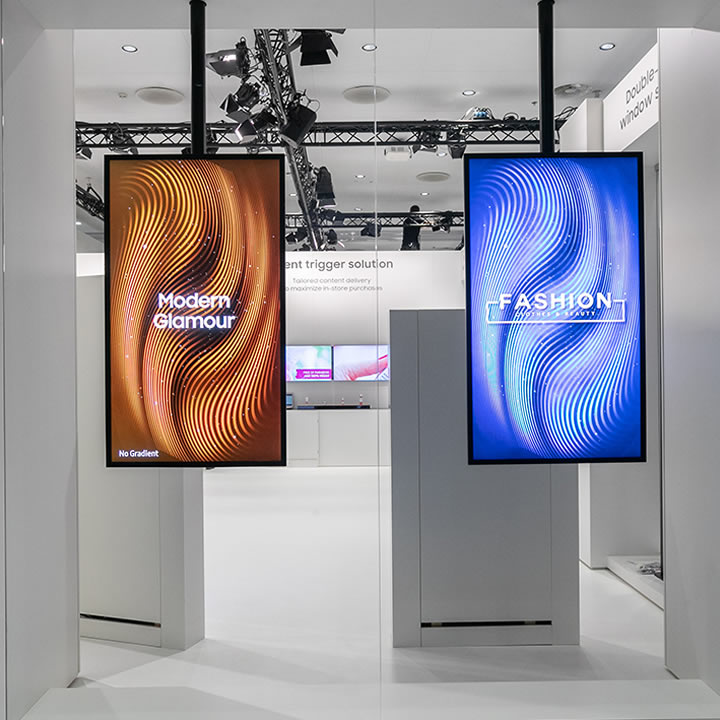Taking a stroll through a street, a restaurant, a school, or the airport, one cannot miss a digital sign. There is a growing trend of small and large businesses and retailers turning to digital signage software due to its increasingly advanced capacities and affordability. It helps reach a wide audience since it can practically interact with them, and the medium is capable of more than just creating a presence for a business. It helps to form the brand image of the company in consumers’ minds and helps companies plan and communicate messages dynamically.
Digital signs and the software used to manage them help bring marketing and advertising content to life. But the trick is to know what it is, how it works, and use it correctly to get the best out of the investment.
What Constitutes A Digital Signage Solution?
Digital signage is an LCD or LED digital screen project consisting of information, images, videos, and streaming media. It is usually used to publicize, exhibit or advertise content on corporate buildings, restaurants, museums, stadiums, retail stores, transportation systems and public spaces. These digital signages contain several components that can be broadly categorized into hardware, software, connectivity, content, installation, and procurement, which help successfully campaign for the product, content, or information. In this article, the emphasis is given to exploring the software used in digital signage.
What is Digital Signage Software?
Numerous digital signage companies provide solutions to vendors, and they end up looking pretty similar when out in the field. It is because, as mentioned above, the components of digital signage are pretty identical. Essentially, there are four main software components to any digital signage solution:
- Software used for content creation.
- Software used for content distribution or management.
- Software used for the media player, i.e., inside the display.
- Software used for device management.
How Does Digital Signage Software Work?
Every software works incoherence to form a complete signage system, like the computer server feeding zeros and ones to the desktop monitor.
1) Content Creation Software
One of the best ways to capture the attention of potential customers is through high-quality images or videos. This content is created using a wide range of image creation and editing tools, infographics tools, video creation and editing tools, presentation creation tools. Digital signage is customizable. It means that each business or vendor can create content representing them in the best light possible and connect them with the audience. Therefore, while designing the digital signage content, it is essential to keep in mind to keep it fresh, know the context and the social media apps on which it is used.
2) Content Distribution and Management Software
Many signage software companies call themselves the Content Management System (CMS). The User Interface or the UI offered by these CMS companies is used to upload, organize and manage the advertisements’ content or the information broadcasted into playlists. They also enable the users to create rubrics for the playback loops and distribute the information to the media player or groups of media players established in the signage that is to be displayed.
There are notable differences in how vendors use content management software across the industry, although most of the features provided are standard. One of the most critical differences is where the software is installed and managed, as it directly influences the users’ security, functionality, and business models.
3) Signage Display Media Player Software
It is essential to know that the media player software uses both the GPU and the CPU on the computer to playback the media files. Various media players support and decode the files through codecs. The process files like web pages, images, videos and IPTV screens and displays them in the digital signs. The updated software will save internal storage content to ensure that there is uninterrupted playback in case of internet loss. Additional features like reporting the status of the media player can interrupt the content to display applications for emergencies, mobile interactivity, etc. The capacity to synchronize across different media players creates spectacular and extensive signage experiences.
4) Device Management Software
When the content is displayed in the digital signages across multiple locations, it is critical to access them remotely. Device management software allows the user to collect data from all the devices and report them to the control room for immediate action to be taken in case of any errors. Thus this software helps design the content and bring it to the audience’s platform to view seamlessly.

